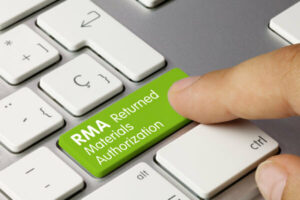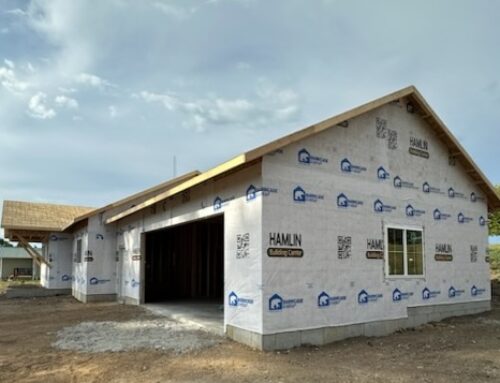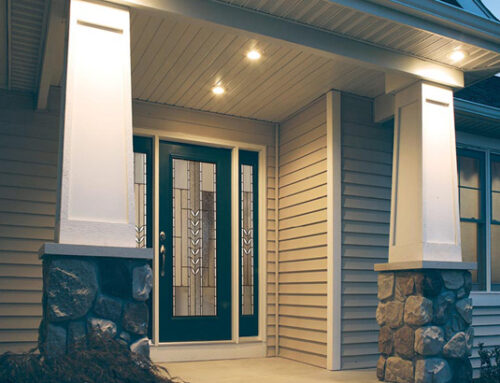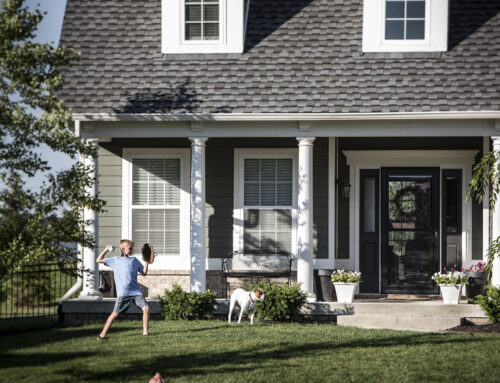Building materials dealers often dread handling return merchandise authorizations (RMAs), but it’s an inevitable part of doing business. While all dealers have a process for handling returns, there are ways to reduce lumber return costs and make the process more efficient to lower transaction costs and increase customer satisfaction.
Here are three approaches to reducing return costs and increasing customer satisfaction:
1. Partner with a Forward-Thinking Building Materials Supplier
Partnering with a dependable and progressive distributor like BPI can help decrease returns and speed up return transactions. They have processes and technologies in place, such as an enhanced packaging process for millwork and decking to minimize damage, advanced shipping notices for in-transit visibility, and a Delivery Picture Program with timestamped photos that decrease return rates. They also have a mobile RMA system that allows for improved transaction turnaround time, accurate data tracking, reduced errors, and allows customers to initiate returns. Once you partner with a supplier willing to work with you on continuous improvement practices, you can work with your customers to identify the causes for returns.
2. Analyze Returns Data and Take Ownership of the Cause
Gathering data and analyzing returns can help identify primary causes and shape your strategy to reduce returns in the long term. Tracking return data, such as brand and SKU, date of purchase, condition, and customer reason for return, can help you identify the most common underlying causes for returns.
Using Pareto analysis (80% of the problems are influenced by only 20% of the causes) to identify the most common return causes, you can take ownership of them. Often, the product is returned due to user error rather than a fault with the product. Once you understand what is causing the returns, you can implement a system to make the process more efficient.
 3. Implement an Efficient RMA System
3. Implement an Efficient RMA System
Creating a streamlined and customer-centric returns system by outlining your RMA process for each return scenario can enhance customer satisfaction. Assign responsibility for issuing an RMA and create a flow chart for each return category. If you have policies for different authorization levels, ensure there’s a good information flow between each authorization level.
An efficient RMA system must always include the reason for the return, so management has sufficient information to authorize the return and track key data. Returned materials should be placed in a designated area so the warehouse can efficiently route those materials to the correct location.
Giving customers the ability to initiate an RMA authorization creates a more efficient process and enhances customer satisfaction. A customer-focused solution should offer an online system to initiate the RMA process, including the return policy, instructions, reason codes, and an easy way to obtain needed information and generate return paperwork.
Partnering with a supplier like BPI, analyzing returns data, and implementing an efficient RMA system can reduce the cost of returns and enhance customer satisfaction. Contact the team at BPI to learn more about reducing returns at your lumberyard.
Learn more about our new Mobile RMA system here.
Related: 7 Ways a Lumber Dealer Can Exceed Customer Expectations.








